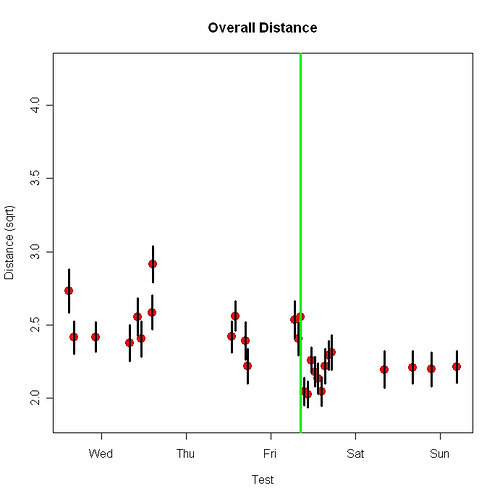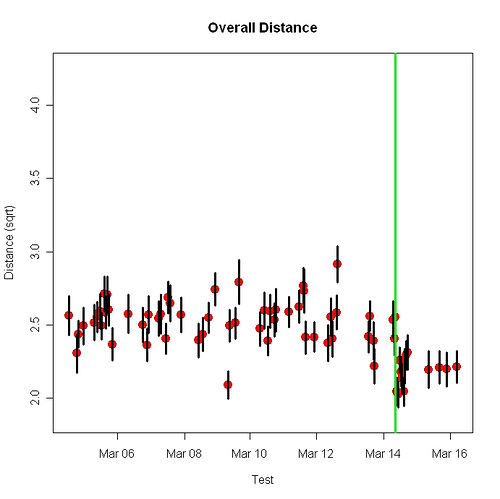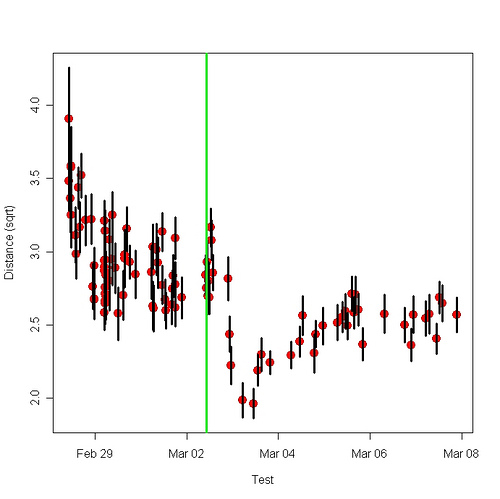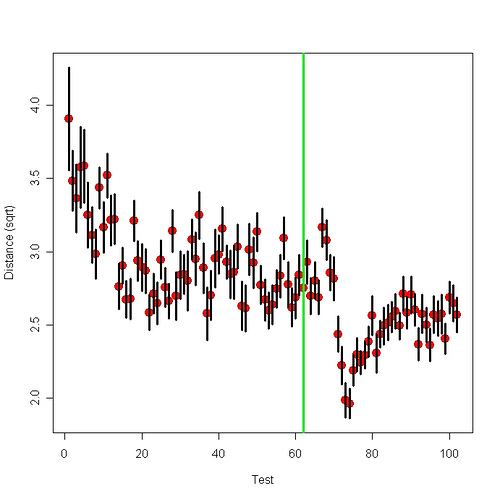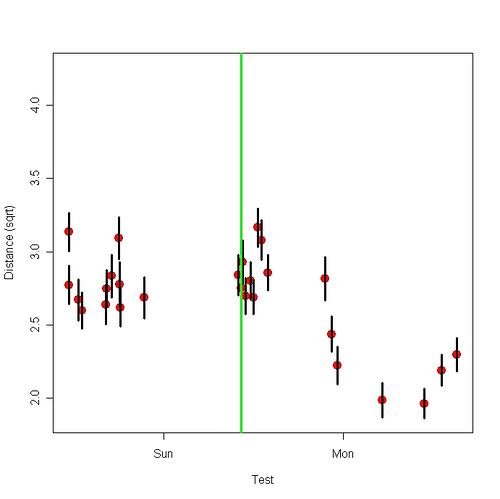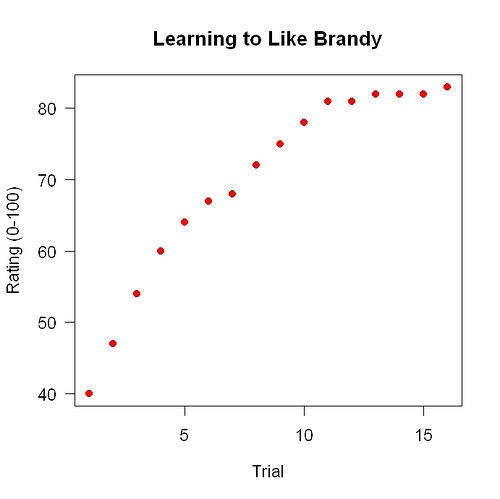Yesterday I did two of the 10 or so possible things that might have caused me to sleep really well recently: (a) looked at my face in a mirror earlier than usual with voices behind the mirror (Factor A) and (b) stood on one foot until exhaustion (twice) (Factor B). And last night I slept better than usual — not quite as great as the first time but still really well. This seems to narrow down the possibilities to:
- Factor A only
- Factor B only
- Factor A and Factor B
I have doubts about Factor A. After I figured out that seeing faces in the morning improved my mood, I tried for months to find the right “dose” (right time, right length) to improve my sleep. I didn’t find it. Whereas Factor B is merely a new version of something that has improved my sleep countless times, so much that I’ve noticed its effects when not looking for them. The effect might have been less clear last night than the first time because I only stood on one foot to exhaustion twice. The first time — I wasn’t paying attention, of course — I think I did it three or four times.
So today I did it six times. It was curiously exhausting. After I felt recovered (about an hour later), the rest of the day I felt really good, cheerful and energetic — better than after yoga. That doesn’t make a lot of sense. If I do something that makes me sleep better, shouldn’t it make me more tired?
